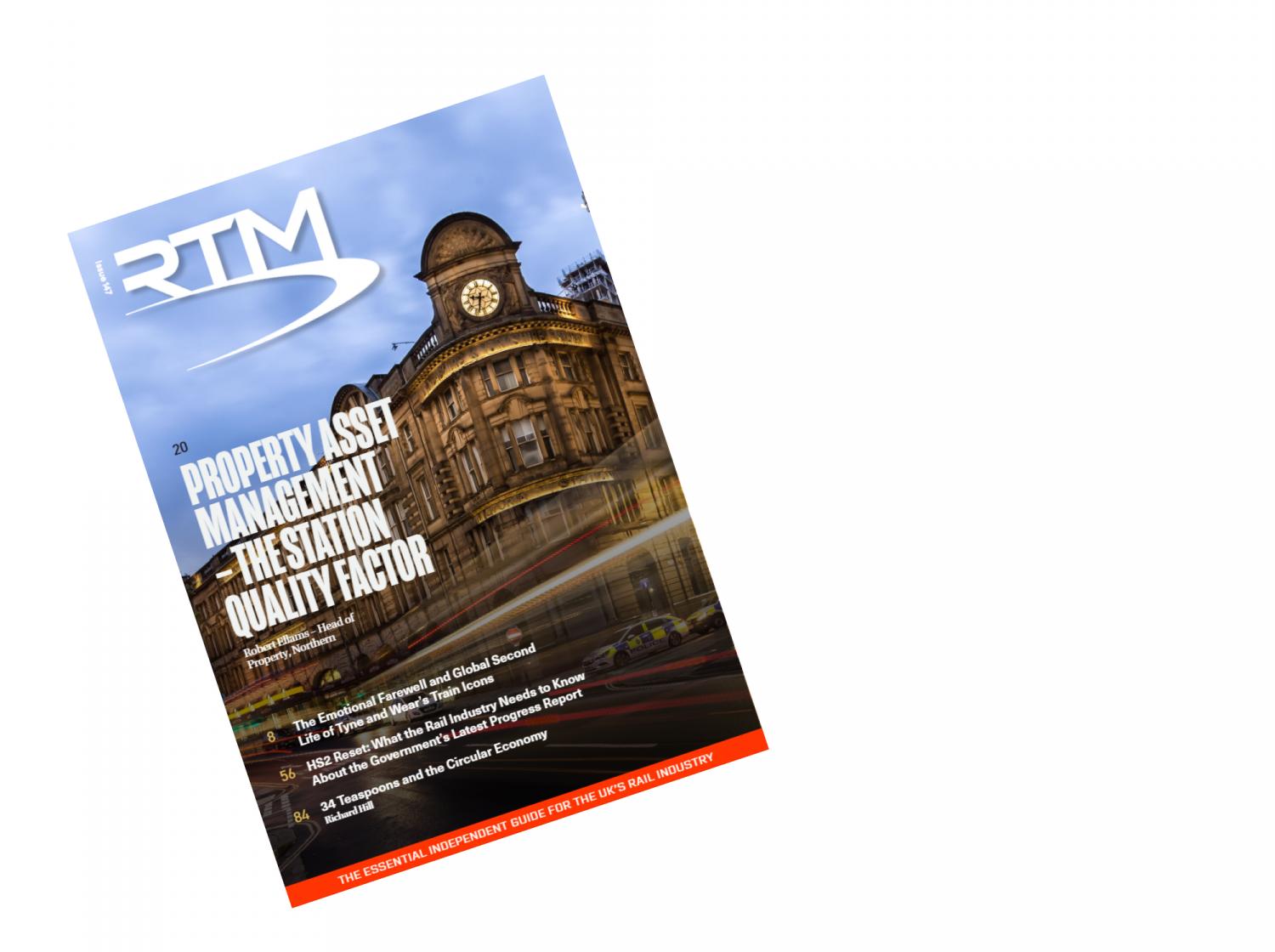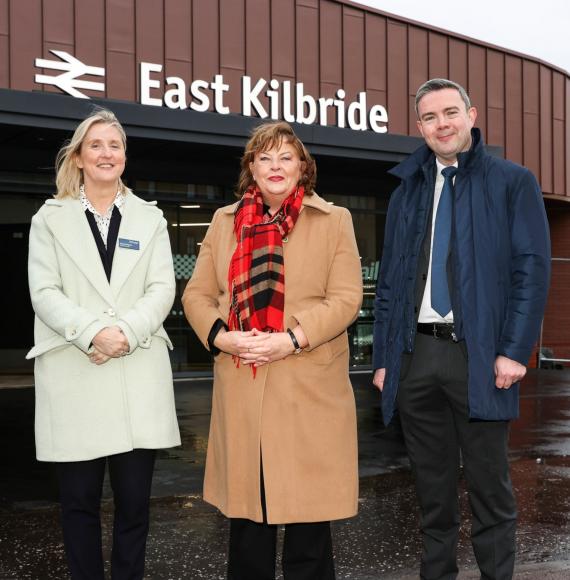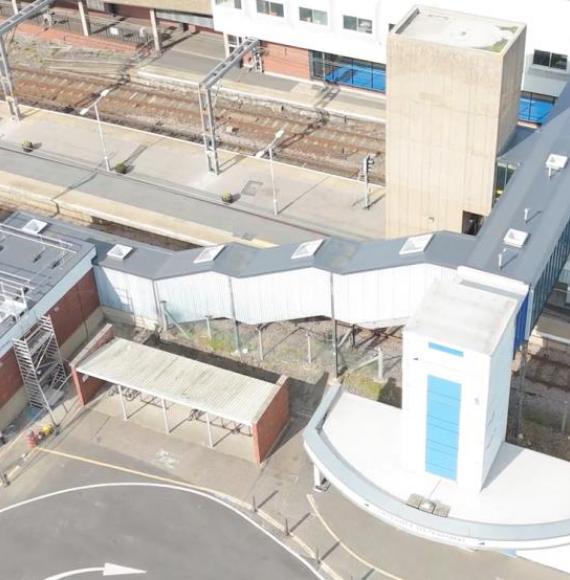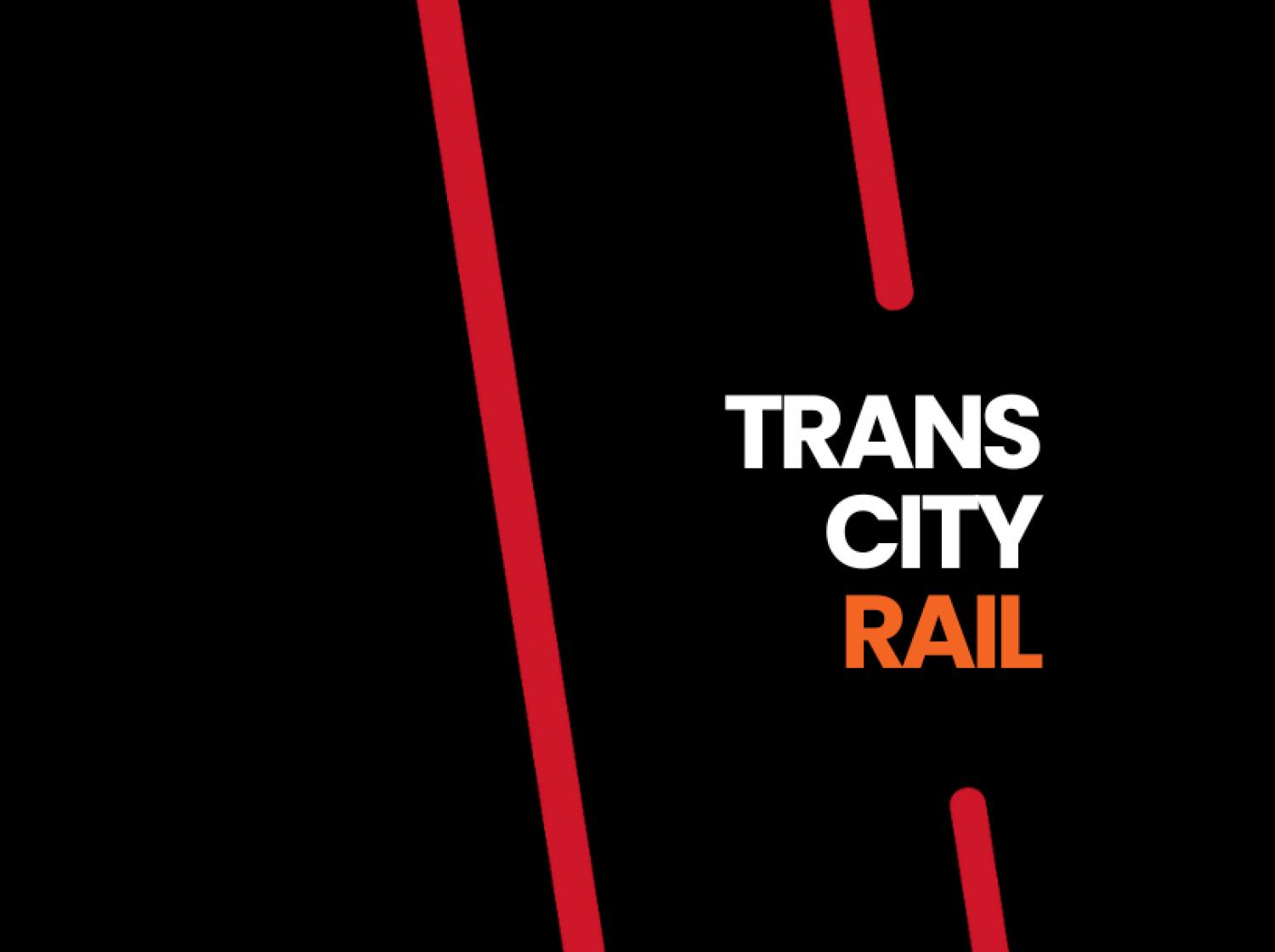Evidence is emerging that initiatives designed to improve efficiency are starting to work. Our experience shows that collaboration is central to that success.
There is an efficiency challenge within the industry, with a need to maximise ‘pounds in the ground’. Alternative ways of working such as innovative delivery models, Project SPEED, and PACE offer hope by challenging traditional methods and processes.
While implementation is not yet standard practice these initiatives and new models are showing very positive results. Our experience shows that high levels of collaboration are central to that success.
Initiatives such as PACE work best with a fully integrated client, designer and contractor team – and this takes collaboration. The Dartmoor Line – the first railway reopened under the government’s ‘Restoring Your Railway’ – was delivered in just nine months via PACE. AECOM delivered a range of services, deploying its multidisciplinary team to support Network Rail in the construction and local authorities in the planning process. Thanks to close collaboration with the client and stakeholders, we were able to move quickly from feasibility to detailed design in just eight weeks.
Our experience also shows that a ‘one-team approach’ aids effective requirements management by keeping a clear line of sight on end goals. On one of our major projects for instance – which is being delivered using Project SPEED principles – a combined team of clients, stakeholders, asset owners and operators ensures that every deliverable is geared towards the core requirement of running two passenger trains per hour on the existing freight line. This has also resulted in the retention of a meaningful Minimum Viable Product (MVP).
Cross-industry collaboration is also the foundation stone for innovative delivery models such as West Midlands Rail Programme (WMRP). Our SLC-AECOM joint venture is part of a core team of more than ten organisations working to build seven new stations across the region. We have a Collaboration Charter that sets out behaviours and values, and the leadership team spearheads a one-team approach, which encourages both lesson learning and innovation from all involved.
While implementation challenges remain, these projects show a positive way forward. Crucially, a commitment by all parties to deliver clearly defined outcomes is a key driver for collaborative behaviour on all these projects.

















